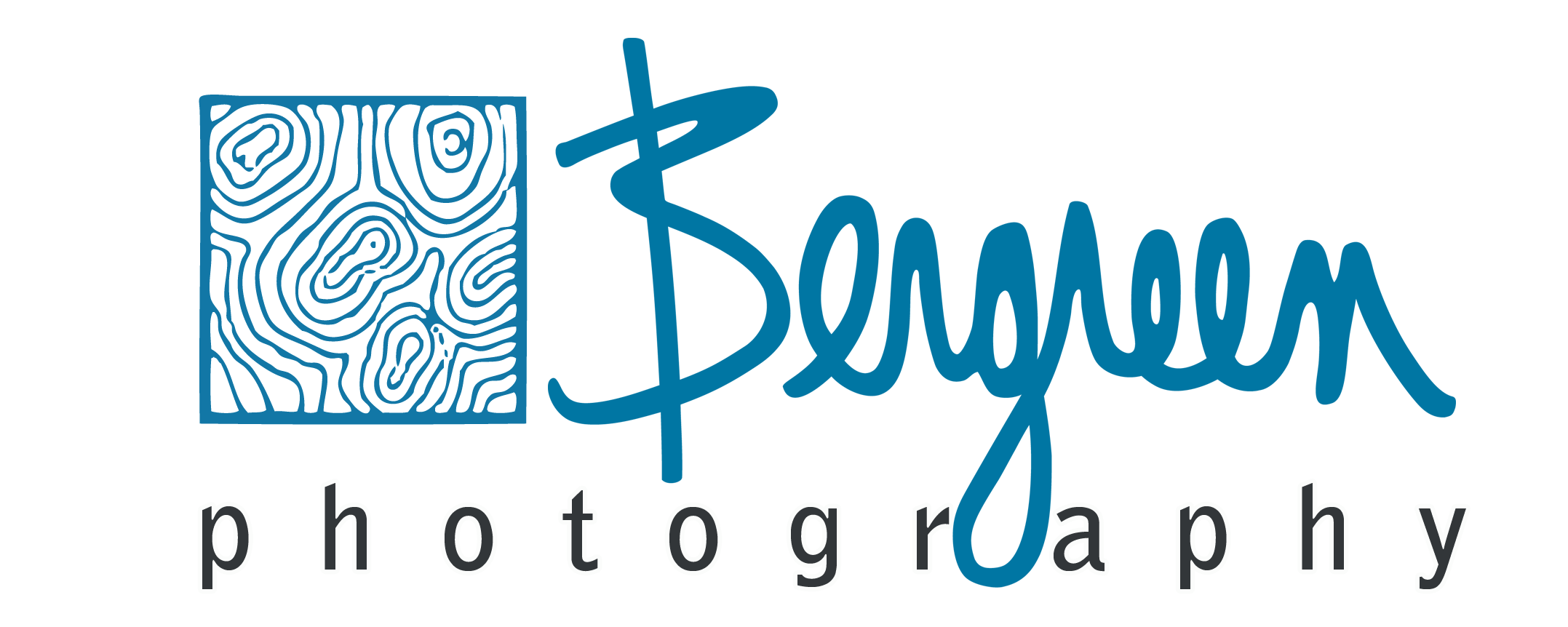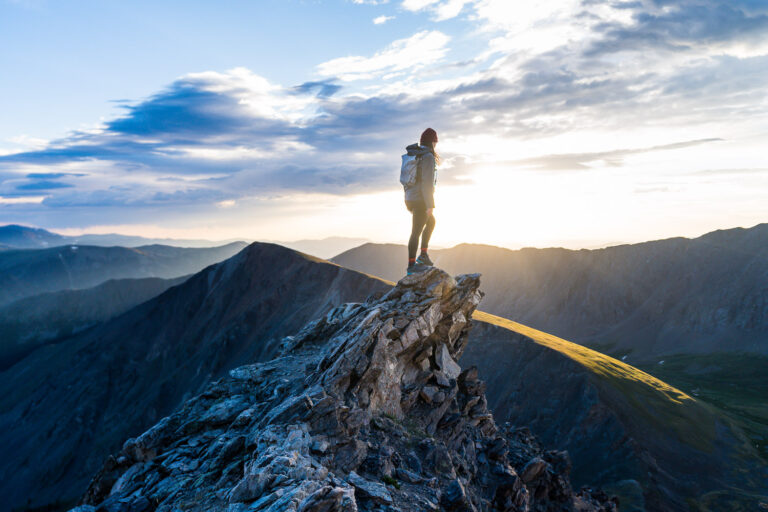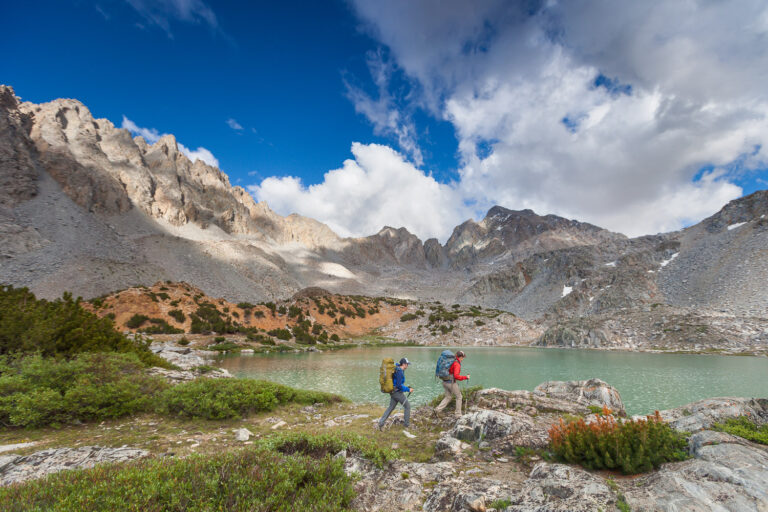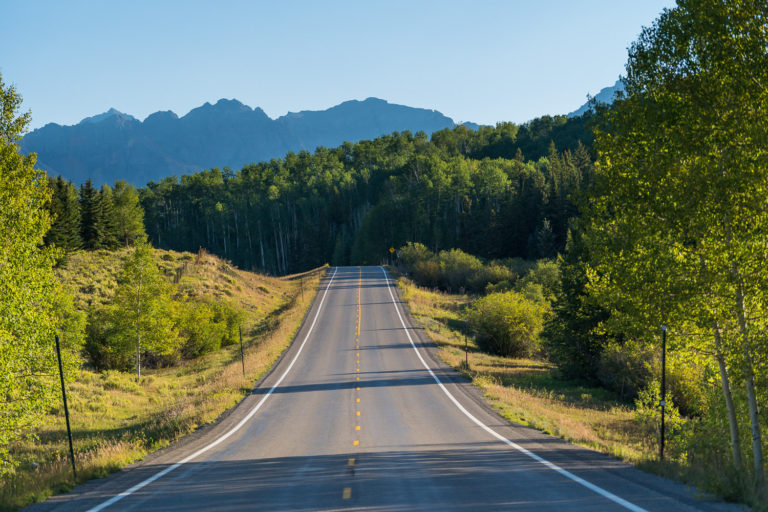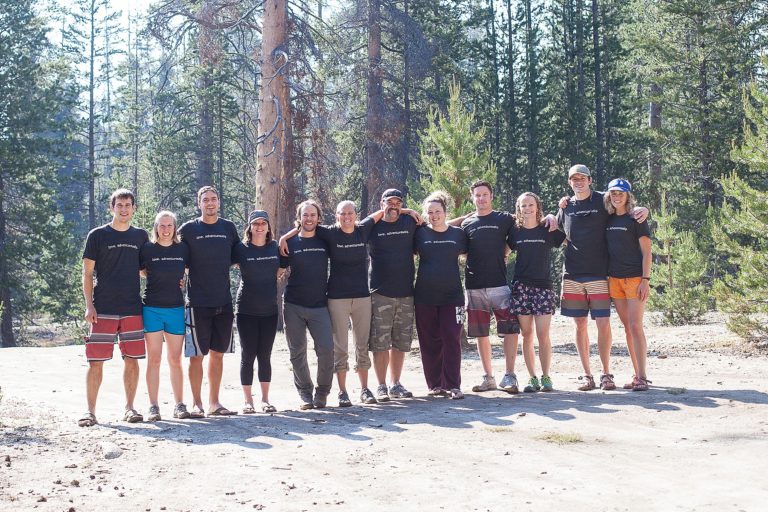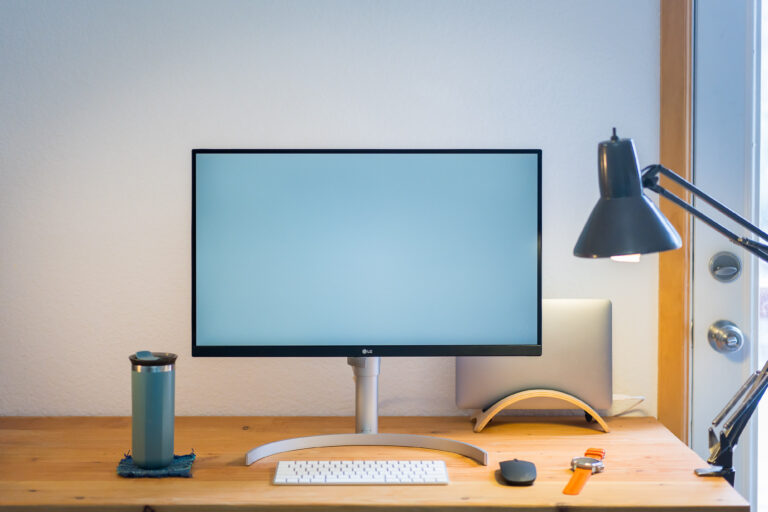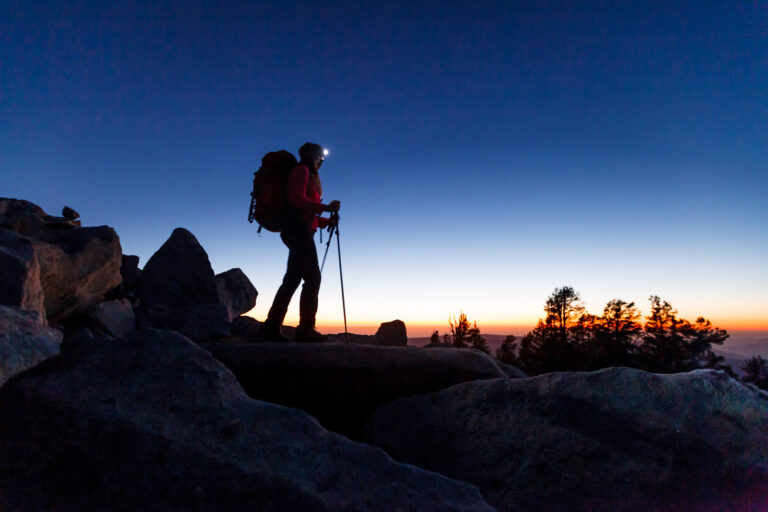Creative Mindset: The First Step to Unlocking Your Creativity
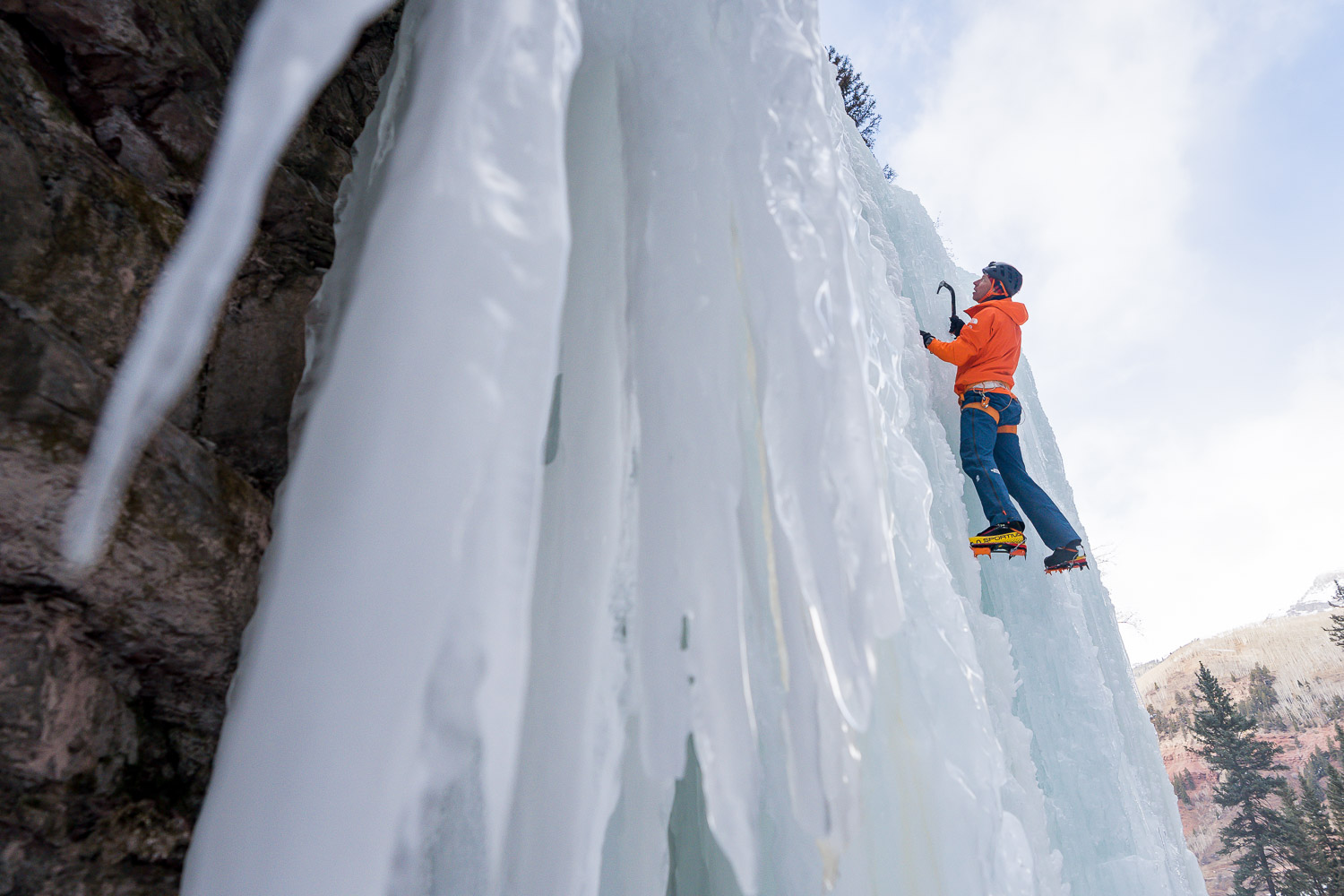
Before we can be more creative, we have to believe we’re capable of creativity which is why this blog post is going to be all about building your creative mindset. Unless you’re new to creativity research you know that many of us struggle to believe in our creativity. Even the creatives.
Mindset is the first step to unlocking your creativity because mindset can be a barrier. Having the wrong mindset can prevent us from even beginning the creative process. Your creative work might sit locked inside of you until you change your mind about how to access it.
Let’s talk through how to develop a creative mindset, question limiting beliefs, and build the right environment to embark on your creative process. Your personal creativity might be untraditional or unexpected. The best part is that once with unlock our mindset we can remove barriers and expand possibilities instead.
Developing a Creative Mindset
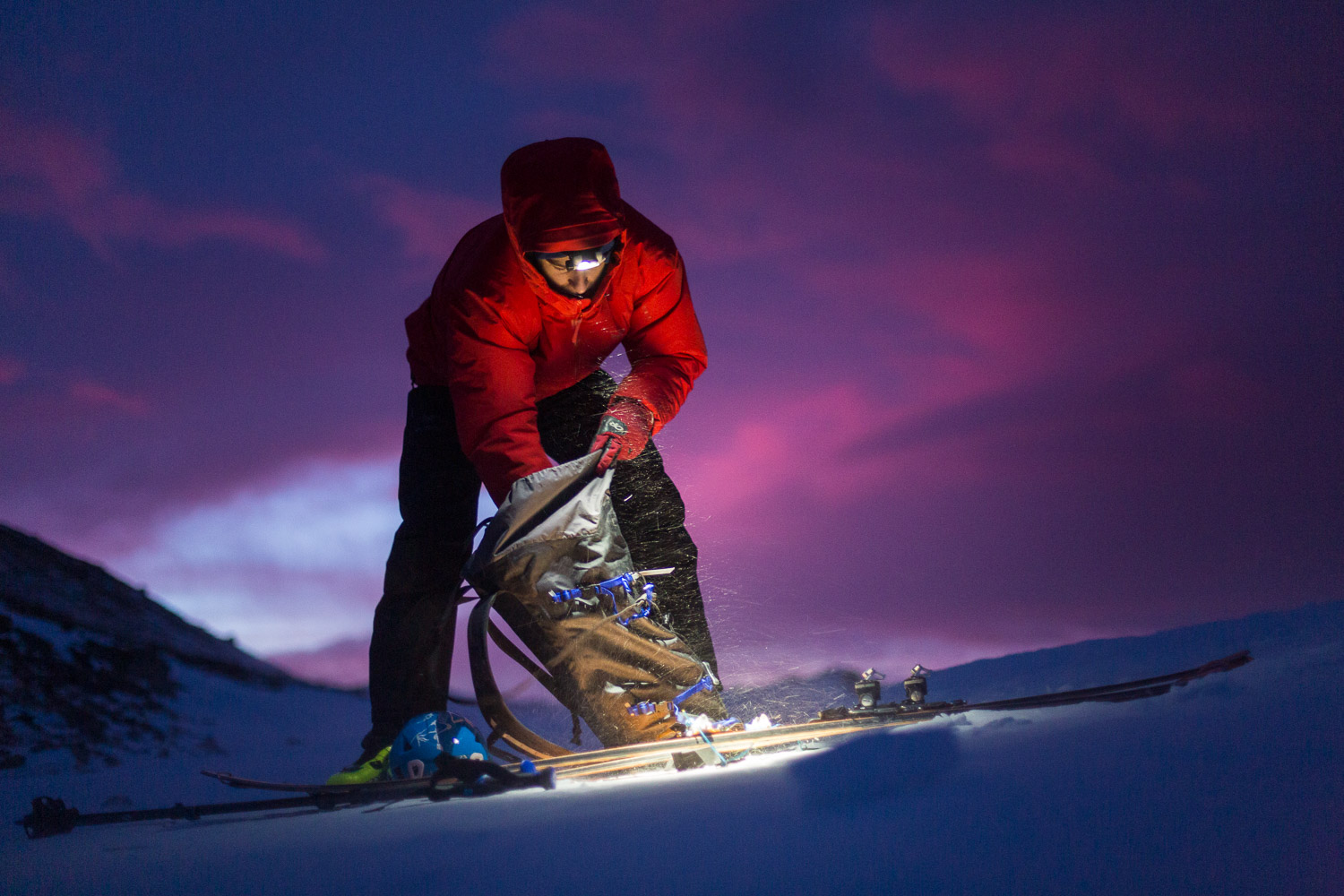
To develop a creative mindset we’re going to work through a process. We’re going to talk about our current identity around creativity which likely influences our current mindset. Then we’ll explore ways to change our own minds.
Once we believe it’s possible, we can start building a creative mindset that will allow us to embrace our creativity in unexpected ways. Creativity is more than being struck by inspiration. Creativity involves exploring different perspectives and making new connections.
A creative mindset requires that we always be learning, thinking, growing, challenging, exploring, failing, and discovering. It requires that we look at what’s holding us back and choose to develop the necessary skills. Remember that beautiful things aren’t always easy, like a wildflower growing in a harsh alpine environment.
Qualities of a Creative Mindset
Control what we can and then go with the flow. Set ourselves up for success and then just create, letting go of results and the habit of worry. The best practice for creativity is creativity.
Remember that hard things make us stronger. We can use them as fuel because they teach us lessons and help us grow. We can choose to focus on gratitude for the experience and opportunity for growth.
Take risks, don’t be afraid of failure. Focus on excitement rather than fear. Be open to new experiences and adventure.
Play like a child. No one is watching, judging, or grading us. Remember and reconnect to when we practiced creativity for the sake of creativity rather than some reward.
Process and embrace our emotions, and use them as tools. Practicing non-attachment can help us learn to utilize our emotions such as fear, doubt, and self-judgment, rather than allowing them to cripple our creativity.
Steps We Might Have to Take

As you’ll see throughout this article. developing a creative mindset is a choice. You’ll have to believe in your ability to be creative and be willing to develop the necessary skills. You might have to get unstuck from old mindsets and patterns, reframe your trauma, and more.
It’ll require you to be open to experiences and adventure. You’ll have to lean into fear, failure, and flexibility. You might have to look around your environment and decide if it supports the old you or the you that you want to become.
You’ll have to take control of your mind. You’ll cultivate a creative mind that contains lush soil for your creative work. You’ll embrace the creative process with every first draft full of new ideas and solutions that end up failing.
Identity and Creativity
Let’s talk about creativity. What is it, who has it, does it even matter, and if so how can we cultivate it? The first question to ask yourself is whether or not you identify as a creative person. If so, why, and if not, when did you stop?
Before we can be creative, we have to believe we’re creative. It’s just like before we can break a record we have to believe that we’re capable otherwise we wouldn’t even try. What humans are capable of now is in part due to the people that have pushed the boundaries of human belief.
Are you creative? Would you like to be? What are your current beliefs about what you’re capable of creatively?
What is creativity?
This post isn’t about defining creativity, you can read other posts to dive deeper into that subject. For now, I just want to review creativity so that we’re on the same page.
It’s about creating something new and original. You might think of creativity as inventing, imagination, art, experimenting, growing, taking risks, breaking rules, making mistakes, and having fun.
Why is creativity important?
The real question is why does this matter? Creativity is important to our society for a variety of reasons. We can start with what we talked about previously in the human advancements.
Creativity leads to having a flexible mind which helps our problem-solving skills and eventual mastery of our field. Creativity also teaches us that there are benefits of adversity. And for many, creativity is about having more beauty, purpose, and joy, or connecting to something greater than us.
And if none of those reasons are enough, the research shows that creativity is related to positive mental health and happiness. I would also argue that creativity is important because it’s evident all around us in nature. But that subject deserves its own post entirely.
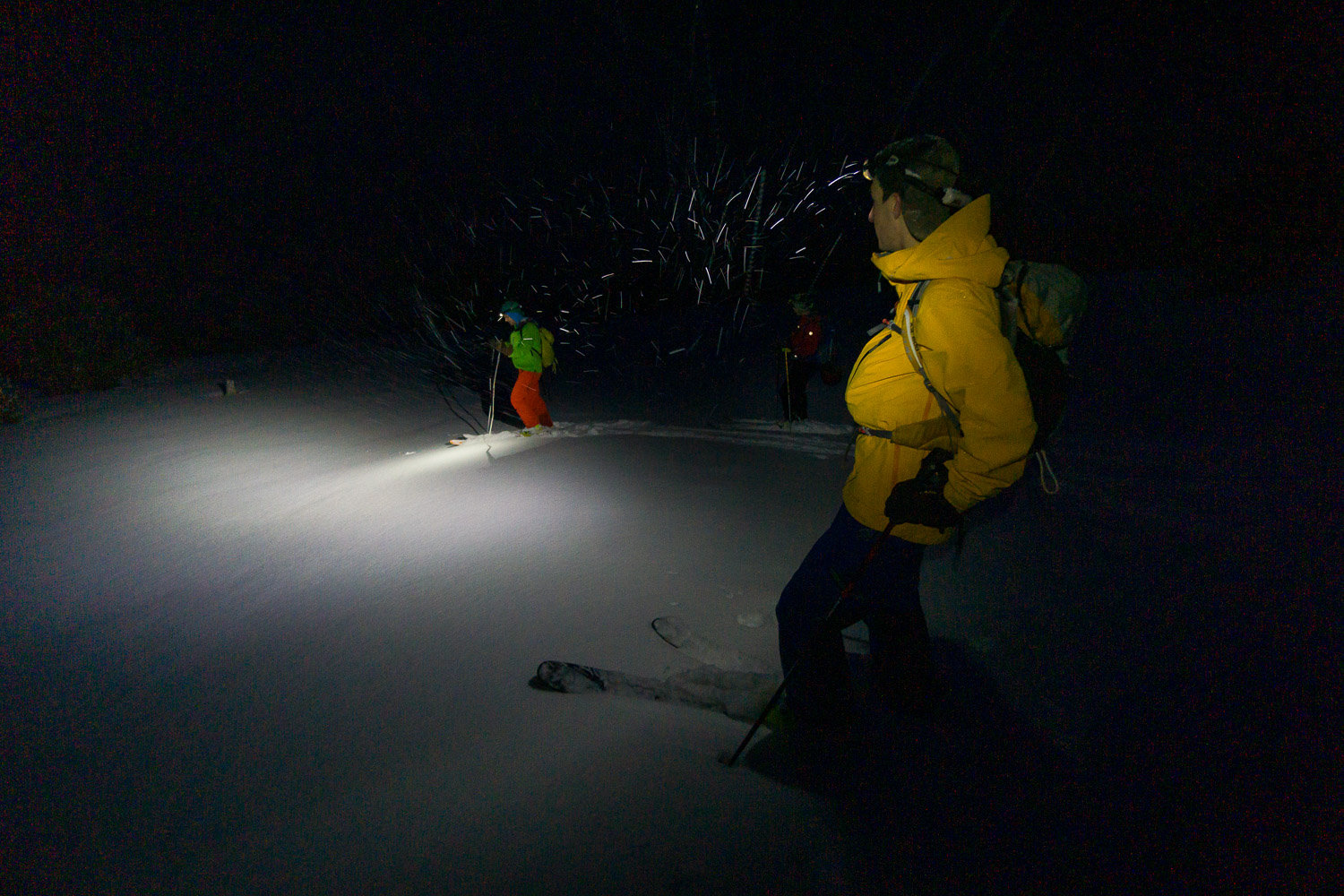
Choosing a New Creative Identity
Let’s just say that based on the definition of creativity and the benefits we know through research or empirically, you’ve decided that being creative is important. Now, the real problems begin. We have to believe in our ability to be creative.
We have to allow creativity to be a part of our identity. That’s the challenge of the creative mindset that we’re tackling in this article. The next section will dive into what limits our creative mindset so that in the following section we can start to develop our new creative mindset and the identity that goes with it.
What Limits Our Creativity and Mindset
Go back to your thoughts or notes on your current beliefs around your creativity.
Creativity Blocks
Creativity isn’t always easy, pain-free, or risk-free. Creativity often involves failure or suffering. Our fear of the risks of creativity often stands in the way of achieving our creative potential.
What are the main things that stand in the way of your creativity? Mindset, identities, motivation, pressure, emotions (grief, rage, old stories), mental blocks, feeling stuck, too much thinking, not knowing/discovering/understanding yourself, fear, inflexibility, distractions, to-do lists, rigid thoughts or ideas, boundaries issues, or relationship issues. Once you can identify the status of your current mindset, you can work towards cultivating a new one.
Tackling Our Limitations
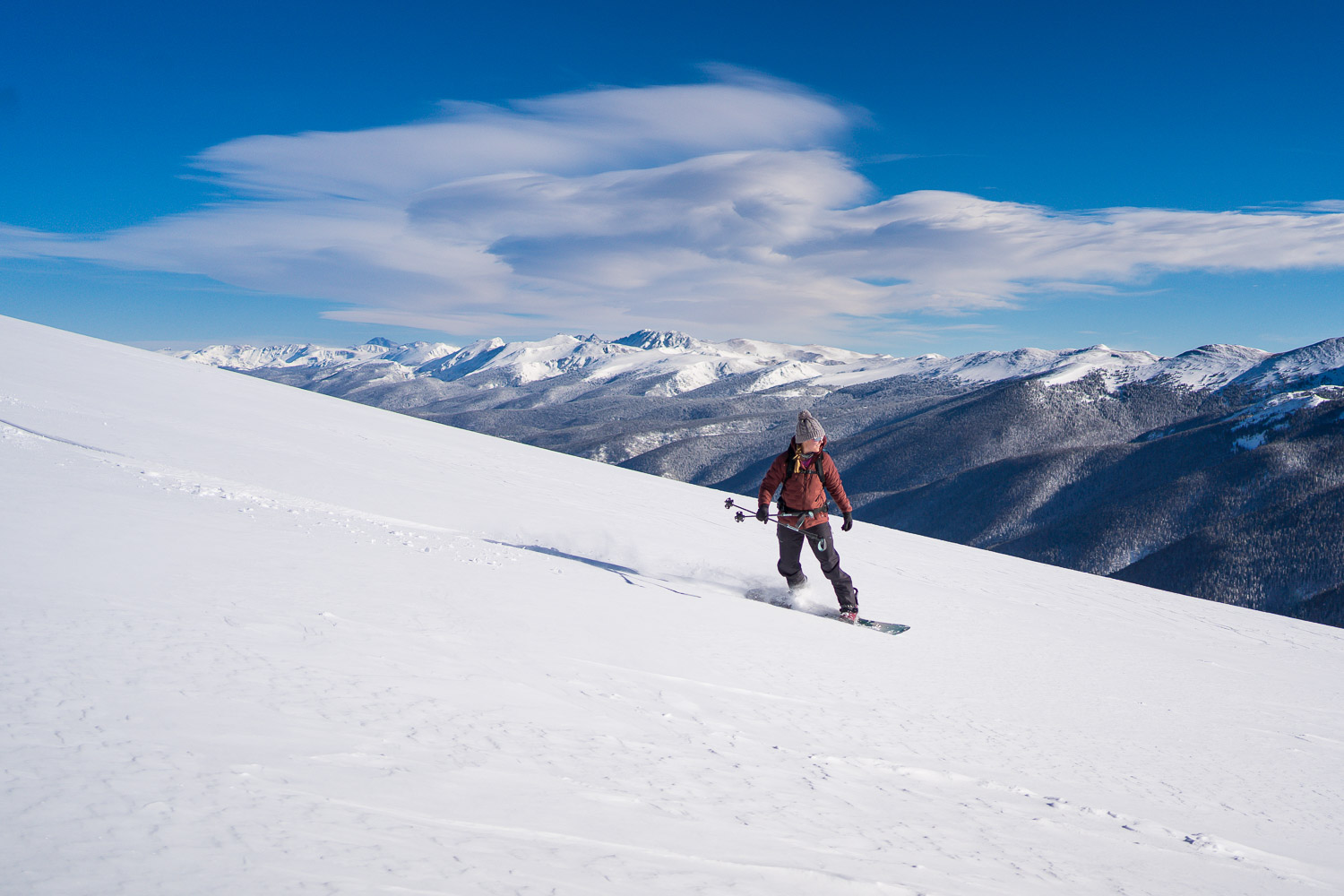
In order to tackle our limiting beliefs around our creativity we have to first understand that creativity is in our nature. Creativity is something we are capable of. Creative is also learnable, see the research of Benjamin Hardy. The key here is to have a growth mindset.
If you’re unfamiliar with a growth mindset you might look into Carol Dweck, it’s about seeing challenges not as impassable barriers but rather as small climbs that will make you stronger. Having a growth mindset is about knowing that you’re capable of growing and developing whereas having a fixed mindset is believing you’re stuck where you are.
As you can imagine, a fixed mindset would completely limit your ability to develop creativity because it would limit new ideas, problem-solving, or risk failure. In contrast, with a growth mindset, we see new challenges as potential solutions to our development of new skills. Having a growth mindset will help us develop our creative mindset.
Creating a Creative Mindset
In this section, we’ve talked about becoming aware of our current mindset and our limiting beliefs so that we can influence our thoughts and beliefs around our creativity. We discussed the benefits of a growth mindset and how that’s a step towards developing a creative mindset. Essentially, we’re looking at our identity and mindset around our creativity and challenging anything that stands in our way.
If we don’t believe we’re creative or we don’t believe we can change, we must first challenge those thoughts with facts. All of the research around growth mindset, personality, and flow, says that creativity is within our ability. We simply have to decide to shift our mindset.
Next Steps Towards a More Creative Mindset
Creative Habits and Practices
If you’re still having trouble with your creative mindset, some practices can help you rewire your brain. You might start with affirmations, mindfulness, and meditation. These are ways to help rewire your brain and ditch limiting beliefs in favor of a new mindset.
You might look at your physical or social environment and see where you can simplify by employing the principles of minimalism that I talk about in another post. Each of these subjects deserves its own deeper study so I’ll link resources below.
Lastly, whenever I’m struggling to prioritize creativity I also take a look closer at my values and priorities. Essentially, I ask myself if my priorities are aligned with my values. Am I spending my time on the things I say are important?
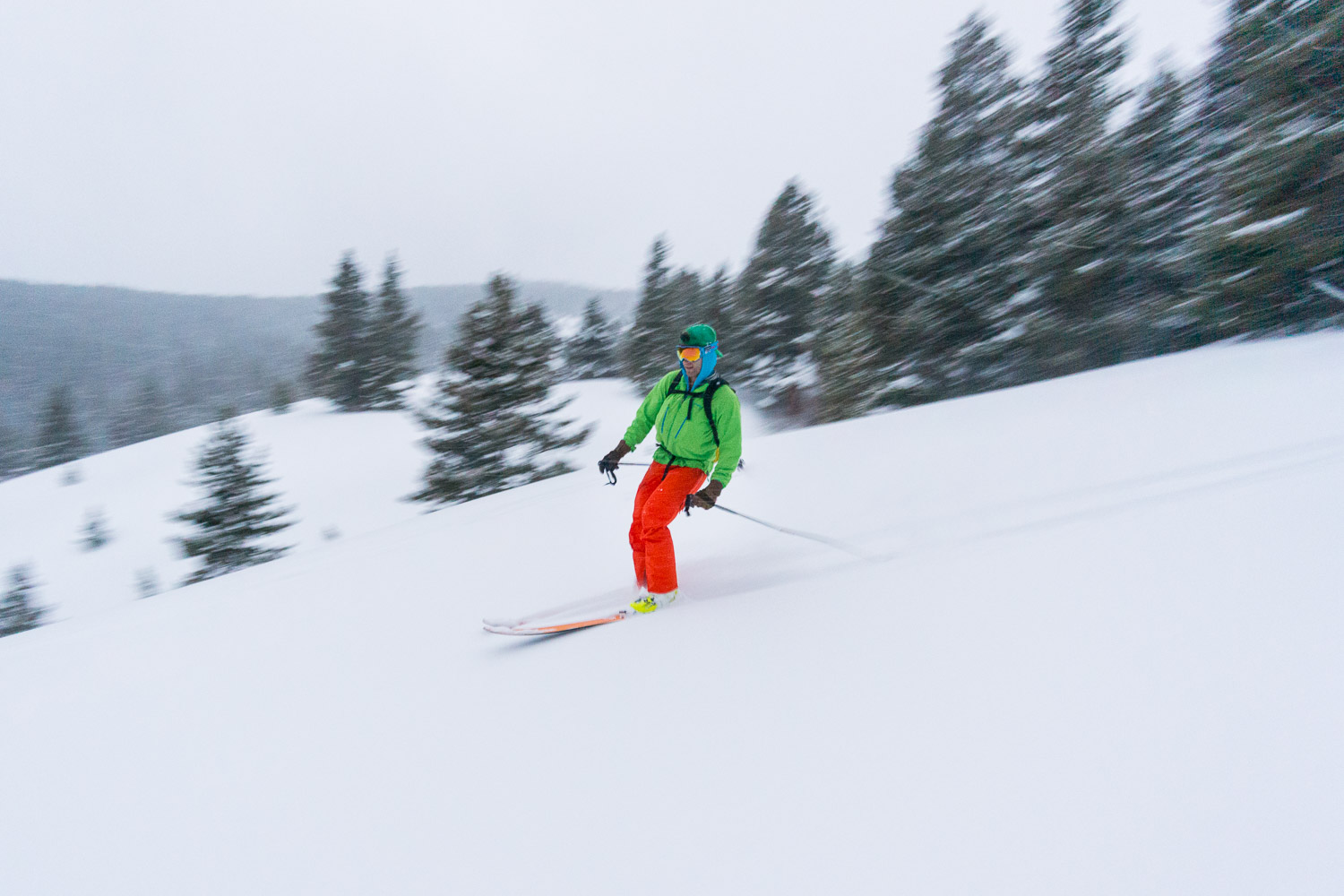
Redefining Fear
As I’ve said, sometimes creativity comes from hard things. Messy things. It’s often the struggle that leads to creative ideas.
Once we’ve changed our mindset, or maybe as a part of that process, we need to change how we look at fear. Instead of suppressing the messy stuff like emotions and hard things, the things that make us human, we can use them to transform, create, and grow. As I always tell my kids, “Hard things make us stronger.”
Pleasure and pain are both natural, it’s the resistance that causes suffering. Lean into the discomfort and see fear or nervousness as excitement. Fear is good, it’s usually a sign we should take a risk. Instead of letting fear keep us from success, we can use the emotions to motivate creative solutions.
Learning More
Below are some of my favorite books about creativity, growth mindset, and identity.
- Mindset: The new Psychology of Success – Carol Dweck
- Creative Calling – Chase Jarvis
- Badass“>You are a Badass -Jen Sincero
- Creative Schools – Ken Robinson
- Lateral Thinking – Edward De Bono
Below are some of my blog posts that dive deeper into these topics:
- Adventure, Creativity, and Divergent Thinking: This post talks about how creative thinking and openness to experience are related and why you might need a new experience to lead you to a new idea.
- Minimalism is Good for Creativity: This post dives into how minimalism can help you access the intense focus of flow where innovative thinking stems from.
- Searching for that State of Flow: Is a job just a job or should we seek the state of flow that comes from doing something at the edge of our creativity zone?
- What is creativity?
Just for fun, I did some google translate to look up creative mindset. In Indonesian it’s pola pikir kreatif, in Spanish it is mantalidad creativa, in Irish it’s meon cruthaitheach.
Summary: Your New Creative Mindset
In this post, I’ve talked through how to identify your current mindset and limiting beliefs. Then we explored how building a creative mindset is possible and habits that we can adopt to help us on the path. If we want to be creative, sometimes we need to first change our minds.
There are a plethora of different ways to create your creative mindset. What you’ll discover is that it’s not a problem to solve but a risk to take, creatively. Your brain is capable of learning as long as your heart is willing.
Creative people are adventurous and brave. You are capable of learning the creative thinking skills that will lead to new solutions. But first, you have to be willing to rewire your brain and choose the creative mindset.
about the author
I am Brenda Bergreen, one half of a husband and wife photography team specializing in Colorado wedding photography and videography as well as adventure photography. If you need someone to encourage your creativity, I’m here. (*Links to stuff I like may include affiliate links.)
Download our free guide on how to build a creative business and a life you love. Don’t hesitate to contact us and let us know how we can help!
Looking for more posts on creativity, check out:
In the meantime, remember to…

